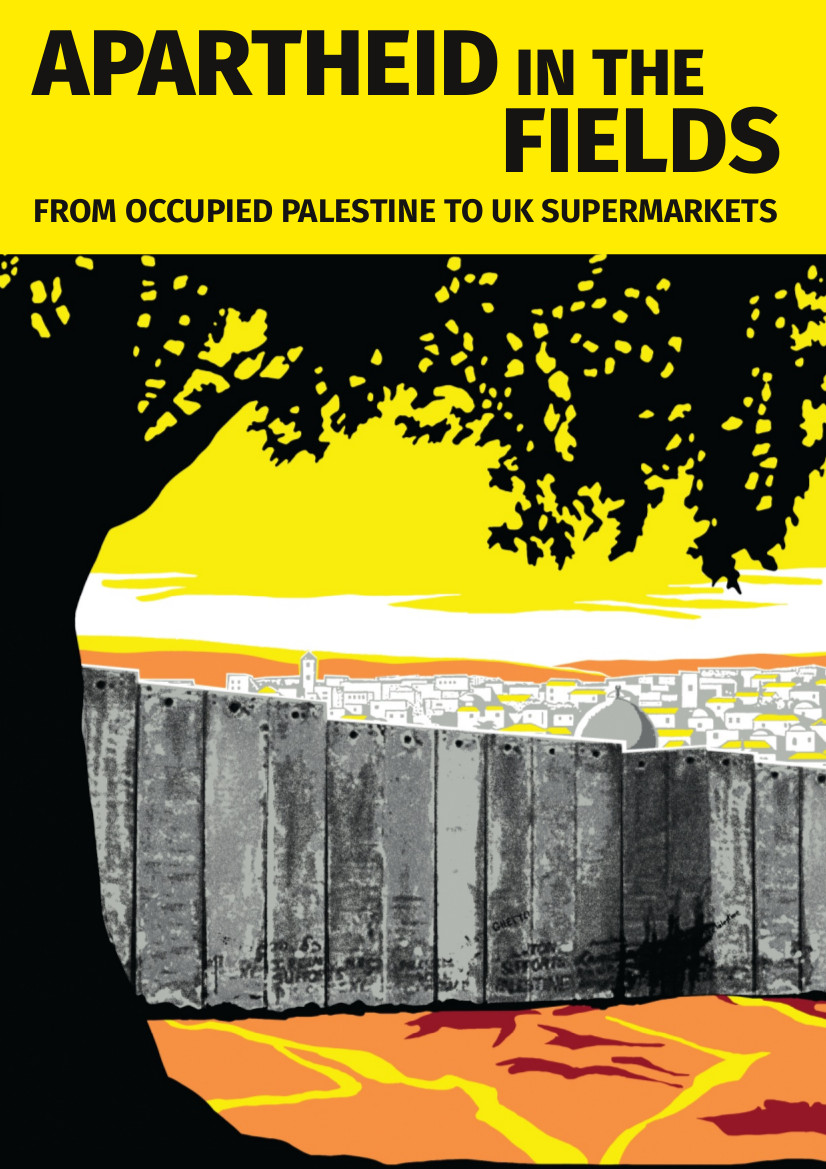Tag: Farmers
-
Tree Planting and Protest in Beit al-Baraka
10th April 2016 | International Solidarity Movement, al-Khalil Team | Hebron, occupied Palestine Trees were planted and a demonstration took place today at Beit al-Baraka today to protest the extension of the illegal Gush Etzion settlement bloc. An international presence had been requested by the organisers so two ISM volunteers headed to Beit Ummar to…
-
Apartheid in the fields: Part 1 Gaza: farming under siege
29th March 2016 | International Solidarity Movement, al-Khalil team | Gaza Strip, occupied Palestine A new report from Corporate Watch outlines exactly how the food grown in the illegal settlements of Palestine gets to our plates in Britain, and what we (in Britain) can do about it. The situations in Gaza and the West Bank…
-
Soldiers harass farmers preparing fields in Gaza
23rd February 2016 | International Solidarity Movement, Gaza-team | Khuzaa, Gaza Strip, occupied Palestine On Wednesday 17th February at 8 am, around 30 farmers from the village of Khuzaa reached their lands near the border. They intended to clean them from weeds before the beginning of the harvest season. They could work peacefully for about…



